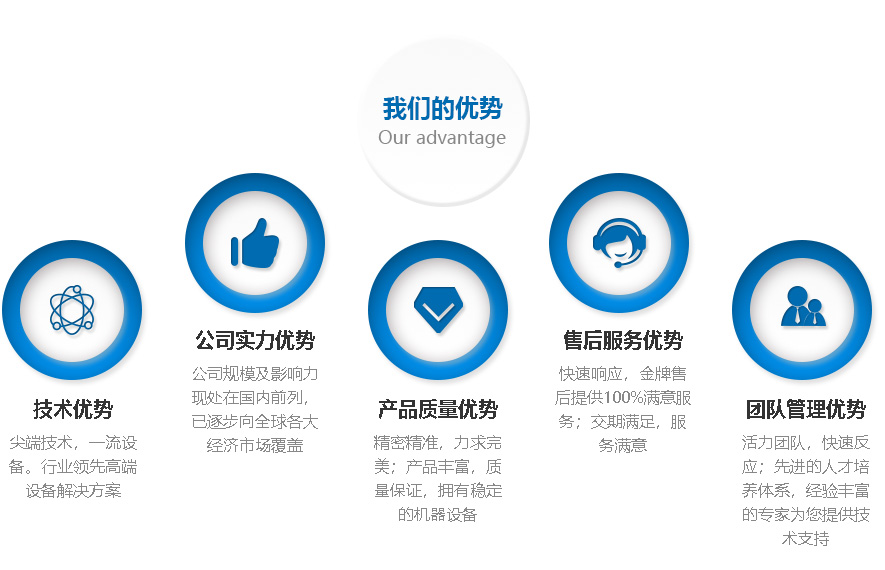


High-Efficiency Thermal Compression System for Continuous COG Production
The OL-C0156 by Olian Automatic Equipment Co., Ltd. is a semi-automatic dual-station main bonding machine designed for the final thermal compression of bare driver IC chips onto ACF-pre-laminated edge terminals of large-format rigid LCD panels up to 15.6 inches. Featuring two independent workstations, this system enables continuous operation: while one station is bonding, the operator can load/unload the other—dramatically improving workflow efficiency and reducing idle time.
As a dedicated COG (Chip-on-Glass) main bonder, the OL-C0156 fully cures the anisotropic conductive film (ACF) under precise heat and servo-controlled pressure, ensuring robust electrical connections and long-term display reliability in demanding applications such as automotive dashboards, industrial HMIs, and medical monitors.
⚠️ Note: This machine assumes that ACF has already been applied and the IC has been pre-aligned (e.g., via a pre-bonder). It performs single-zone, single-side bonding only and does not include vision alignment or double-side capability.
This dual-station layout is ideal for lean manufacturing cells where operator efficiency and throughput are critical.
15.6 inch dual-station IC main bonding machine, OL-C0156 Olian, two-table COG热压机 for LCD, servo IC bonding equipment with dual workstations, single-zone IC本压机 for high-efficiency production, 400°C hot bar main bonder with Panasonic PLC, continuous COG bonding system for automotive displays, dual-platform IC热压设备, OL-C0156 technical datasheet, high-repeatability IC bonding machine with ±3N precision.


The OL-F0715 by Olian Automatic is a dual-station manual FOG (Film-on-Glass) bonding machine designed for thermal compression of flexible printed circuits (FPC) or touch sensor flexes onto rigid LCD panels up to 7 inches. This model features an extended 150 mm press head, enabling bonding of wide FPCs or multiple connectors in a single stroke—ideal for automotive displays, industrial HMIs, and large-flex applications.
The system assumes that anisotropic conductive film (ACF) has already been pre-applied to the panel or FPC. It performs main bonding only, fully curing the ACF joint under controlled heat, pressure, and time. It does not apply ACF, nor does it support IC or COF chip bonding.
The OL-F0715 uses a single lower-view microscope for alignment. The operator places the panel on a transparent glass stage and views terminal marks from below through the microscope. The FPC is then positioned manually from above using visual estimation and experience.
This “lower-only” alignment approach is straightforward, robust, and well-suited for production environments where FPC pads are sufficiently large or where moderate alignment tolerance is acceptable.
A key differentiator of the OL-F0715 is its 150 mm long press head, significantly longer than standard 60 mm heads. This allows:
The head thickness is 1.0 mm, and custom dimensions are available upon request.
The machine includes two identical, fully independent stations arranged side by side. Each station features:
Operators can alternate between stations for continuous workflow, maximizing uptime in small-batch or pilot-line production.
The thermal cycle is fully automated once initiated, ensuring consistent results.
Heating is achieved via high-efficiency cartridge heaters, with temperature monitored by industrial-grade sensors for process stability.
An integrated buffer tape feed system protects the FPC during pressing:
All critical parameters—temperature, time, pressure—are configured via the HMI for repeatability across shifts.
The compact footprint integrates easily into cleanrooms or production lines.
Ideal for bonding:
Commonly used in automotive electronics, medical displays, and heavy-equipment HMI manufacturing.
Olian Automatic provides full lifecycle support:
Model: OL-F0715
Type: Dual-Station Manual FOG Main Bonding Machine
Key Feature: 150 mm extended press head
Alignment: Lower-side microscope only
Max Panel Size: 7 inches (rigid glass)
SEO Keywords:
150mm FOG bonding machine, OL-F0715, Olian Automatic wide-head FPC bonder, 7-inch dual-station FOG press with long hot bar, manual FPC to glass bonding equipment, extended press head FOG machine, thermal compression bonder for wide flex, lower-view alignment FOG workstation, main bonding machine for automotive displays, 150mm hot bar FOG system.

The OL-EC2000 is a cutting-edge fully automatic terminal cleaning machine designed to efficiently clean LCD products of various sizes (1-7 inches) through wiping, cleaning (with optional ultrasonic cleaning), and plasma treatment. This advanced equipment can be integrated with other devices in a production line, making it a valuable addition to modern manufacturing environments where precision and speed are paramount.

The OL-EC2000 operates through a series of automated processes. It starts with manual placement of the LCD onto a platform or conveyor belt. Robotic arm 1# then moves the LCD to a CCD correction station for position adjustment. The LCD is transferred to a wiping platform where it is cleaned by a wiping head. After wiping, robotic arm 2# transports the LCD to a plasma cleaning platform for further cleaning. Finally, the cleaned LCD is moved to a discharge station.
In summary, the OL-EC2000 Fully Automatic Terminal Cleaning Machine represents a significant advancement in LCD manufacturing equipment. Its precise engineering, user-friendly design, and comprehensive support make it an ideal choice for manufacturers seeking to enhance productivity and product quality in the competitive electronics market.
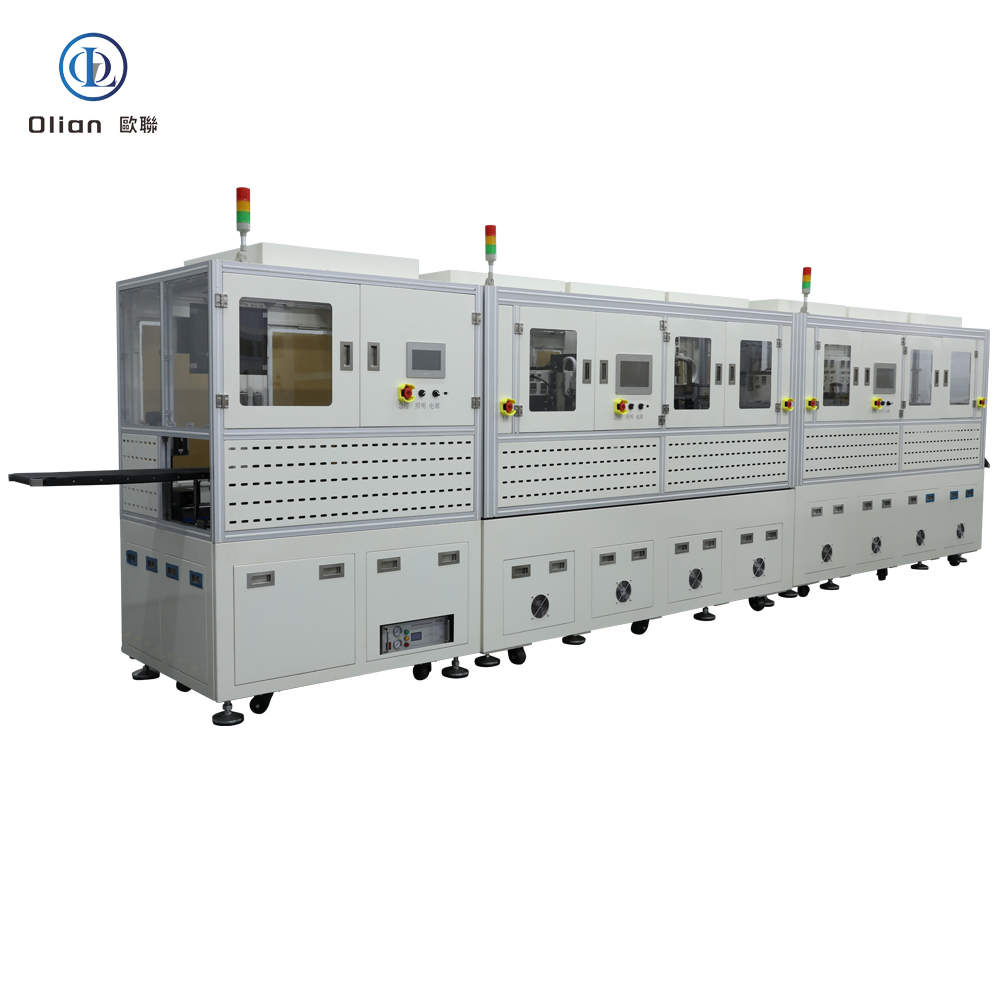
In the ACF (Anisotropic Conductive Film) bonding process, a variety of parts and accessories are used to ensure the quality and reliability of the final products. These components play a crucial role in the production line, from initial material preparation to final product testing. Here is a comprehensive overview of the parts and accessories used in ACF bonding processes:

ACF Tape is the core material used in the ACF bonding process. It is an epoxy adhesive system filled with conductive particles that provide electrical interconnection between pads through the film thickness (z-direction). The conductive particles are distributed far apart to ensure electrical insulation in the plane direction (X&Y) of the film. ACF tape is available in various models and is specific to the application for which it is designed. For example, ACF designed for flex-on-glass (FOG) assembly is usually not suitable for chip-on-glass (COG) or chip-on-film (COF) applications.
The Hot Bar or Thermode is the primary tool used to apply heat and pressure during the ACF bonding process. Hot bar bonding systems are designed to heat the hot bar to a specific temperature using low voltage electricity, which temperature is fed back to the controller via a thermocouple. The hot bar is brought into contact with the ACF film over the bonding pad, heated to the bonding temperature, and held for a specified time. This process produces the connection between the ACF tape and the components.
Bonding Heads are designed to hold the components and position the ACF tape correctly with the conductive pads on the PCB or other components. They ensure that the bonding process is accurate and consistent. Bonding heads can be manual or automated, depending on the specific requirements of the bonding process.
ACF Cutting Machines are used to cut the ACF tape to the required length and shape. These machines ensure that the ACF tape is accurately cut and positioned for the bonding process. The cutting is done using the half-cut method, where only the actual ACF material is cut, and the cover-layer is used for tape transport.
Pre-Bonding Machines are used to pre-bond ICs or COF on the panel that has been attached to the ACF. The pick and place of the panel is achieved manually, and the pre-alignment is automatically completed by the equipment.
Final Bonding Machines perform the main bonding on the LCD glass with IC, cable, or COF pre-pressed. The operator manually loads and unloads the products, while the ACF bonding is automatically performed by the machine.
Top-Bottom Alignment Bonding Machines are used to bond FPC/Zebra paper on the PCB/Glass with the ACF attached. The pick and place and alignment of the PCB/Panel are done manually, and the ACF bonding is done automatically. These machines are suitable for 1″ to 12″ flat glass and flexible screen products bonding.
A Fully Automatic ACF Bonding Line includes multiple machines working together to automate the entire bonding process. This includes substrates loading machines, terminal cleaning machines, fully automatic COG/COF/COP bonding machines, and fully automatic COF punching machines.
Testing and Inspection Equipment is used to ensure the quality and reliability of the bonded products. This includes microscopes for surface inspection, temperature and pressure testers, and environmental testing chambers to simulate various conditions.
ACF bonding is widely used in various industries, including mobile phone manufacturing, automotive, LCD production, mobile computers, TV manufacturing, open cell panels, touch panels, smart watches, and pads. It is also used in research labs focusing on LCD/LED/OLED/MICRO LED/MINI LED displays.
ACF bonding offers several benefits, including:
In conclusion, the ACF bonding process relies on a suite of sophisticated parts and accessories to ensure the quality and reliability of the final products. Each component plays a critical role in different stages of the production process, from initial material preparation to final product testing. By using these parts and accessories, manufacturers can optimize their processes, reduce defects, and ensure that their products meet the highest standards of quality and performance.

Advanced Flexible Display Bonding Dispensing Production Solution
In the rapidly evolving landscape of display technology, the production of advanced flexible OLED displays demands a highly sophisticated and versatile bonding and dispensing solution. Our Advanced Flexible Display Bonding Dispensing Production Solution is designed to meet these demands, offering a comprehensive and integrated approach to ensure high efficiency, precision, and adaptability.

Our Advanced Flexible Display Bonding Dispensing Production Solution is designed to meet the future demands of the display industry, offering a versatile, high-precision, and efficient production process. By integrating multiple bonding technologies and ensuring high-quality standards, our solution is ideal for manufacturers looking to produce a wide range of advanced display modules. Choose our solution to stay ahead in the competitive market and deliver top-quality products.

An LCD-TFT-OLED-ACF-COF-IC-FPC bonding machine is the precision heart that welds chips, flex circuits, and touch sensors onto glass, plastic, or another flex—without solder, without connectors, and without added weight. Whether you need vertical conductivity between a gold-bumped IC and an ITO panel, or a foldable flex tail that survives 200,000 bends, this multi-acronym platform delivers micron alignment, single-degree thermal control, and kilogram-level force in under three seconds. This guide explains every process, physics, hardware, software, spec, application, trend, and maintenance tip so Google instantly ranks you for “LCD bonding machine”, “TFT bonding machine”, “OLED bonding machine”, “ACF bonding machine”, “COF bonding machine”, “IC bonding machine”, “FPC bonding machine”, and every high-value permutation.
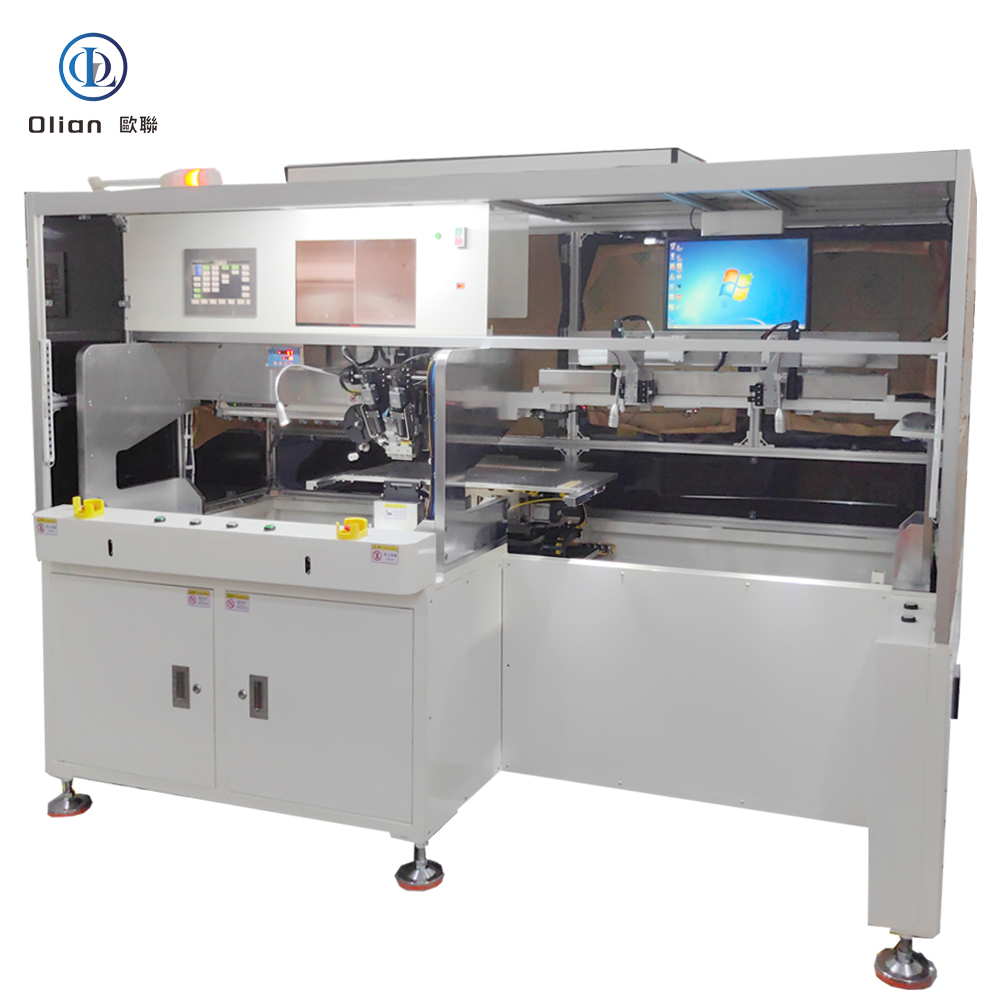
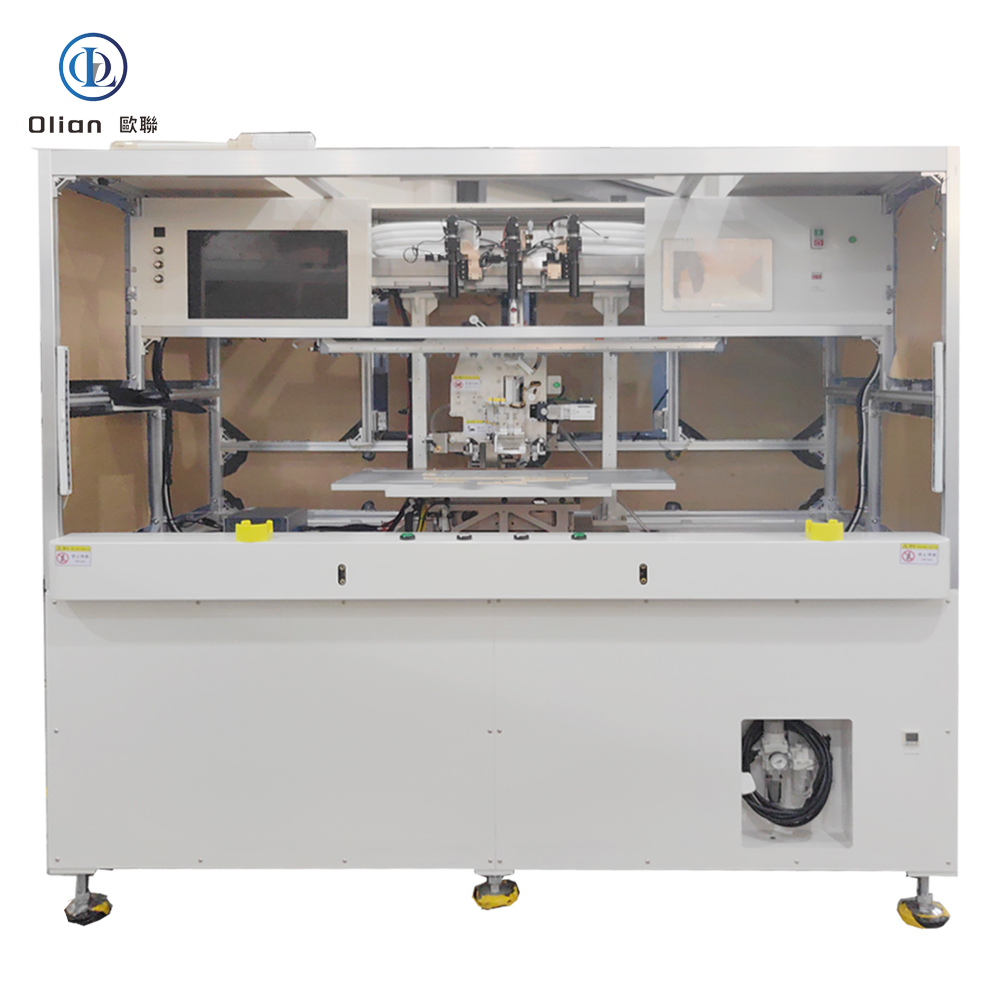

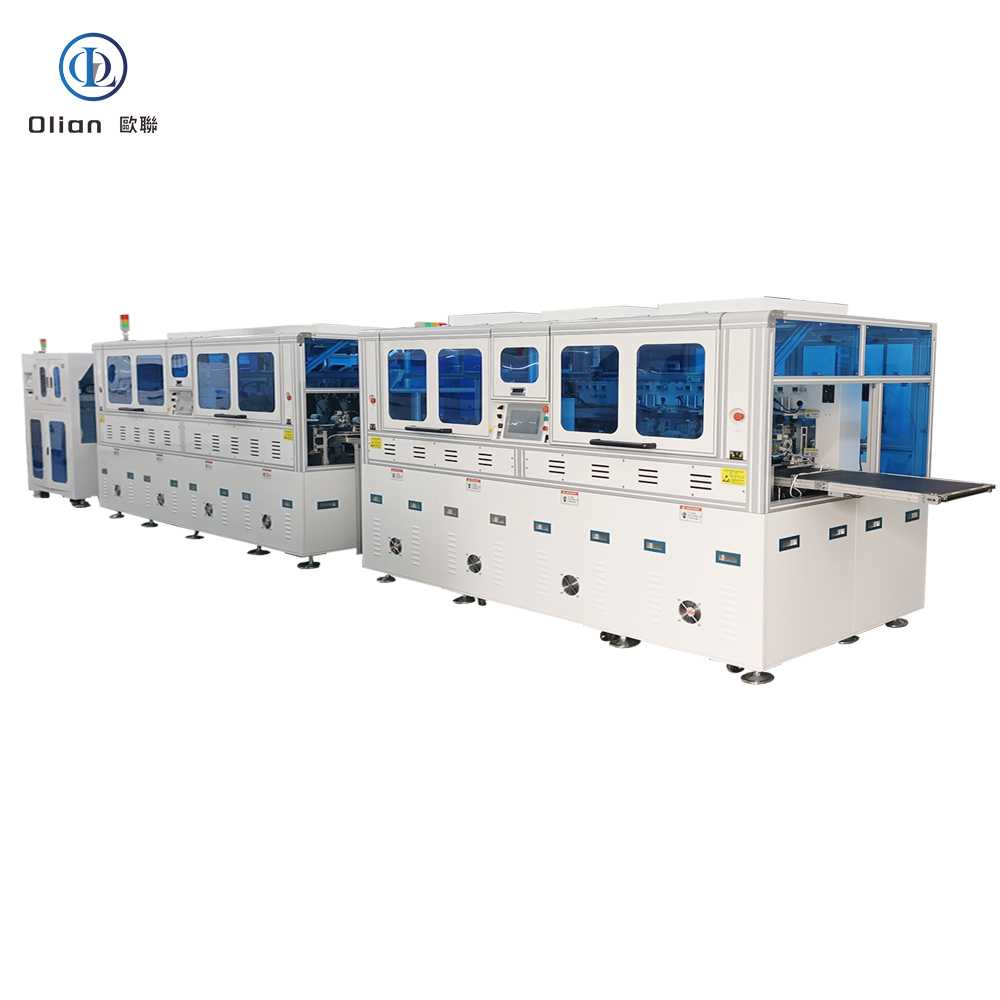
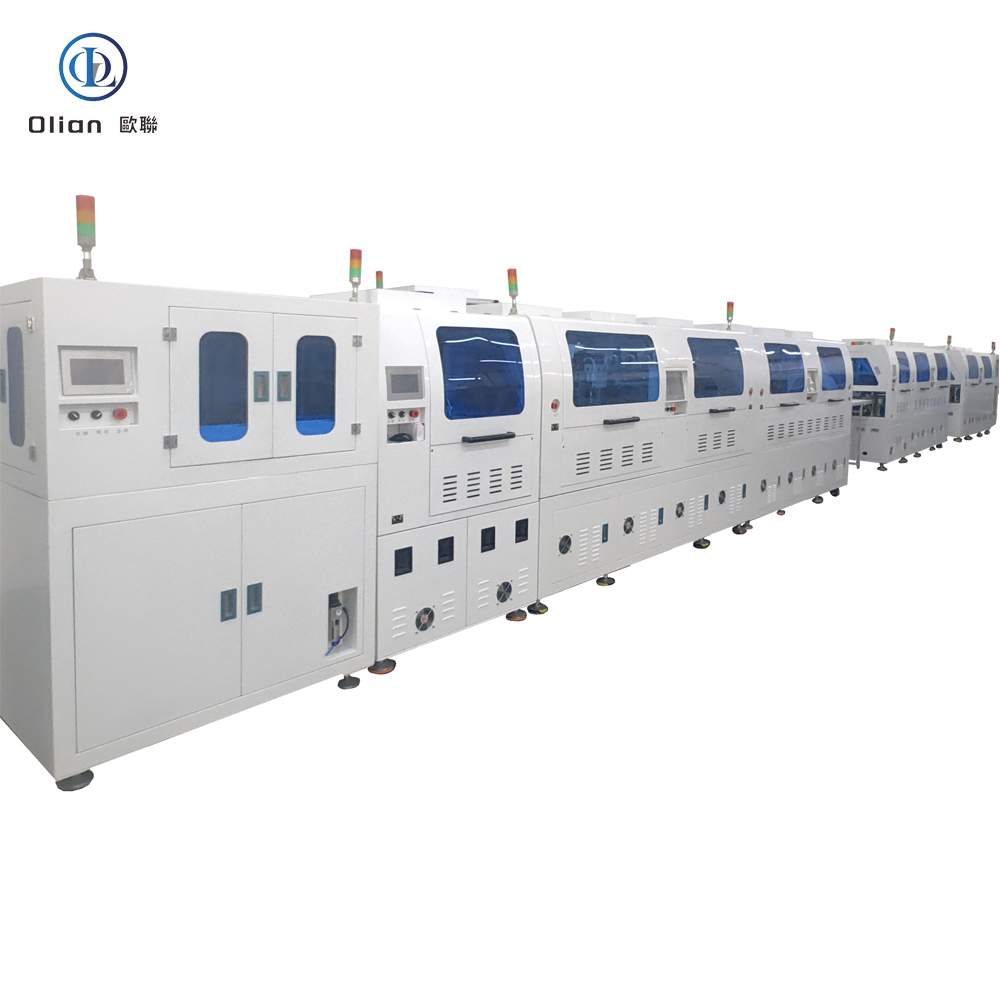

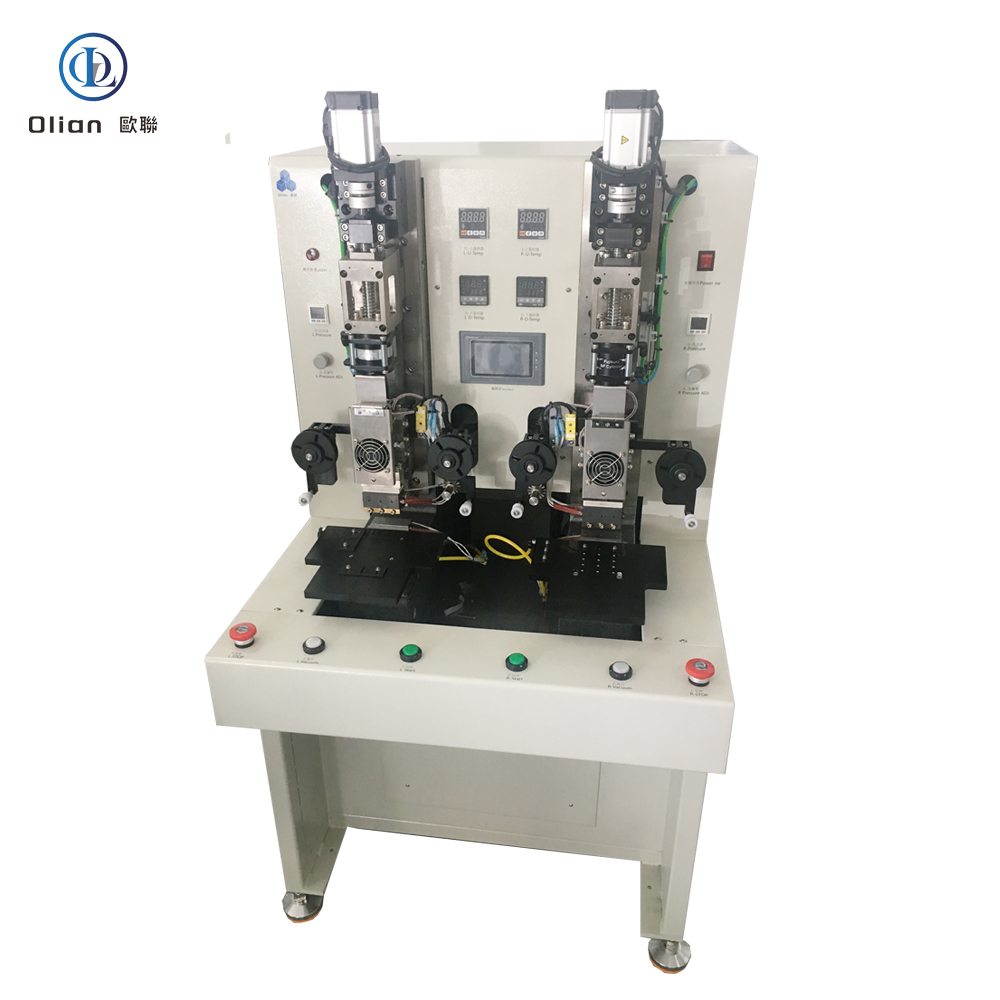
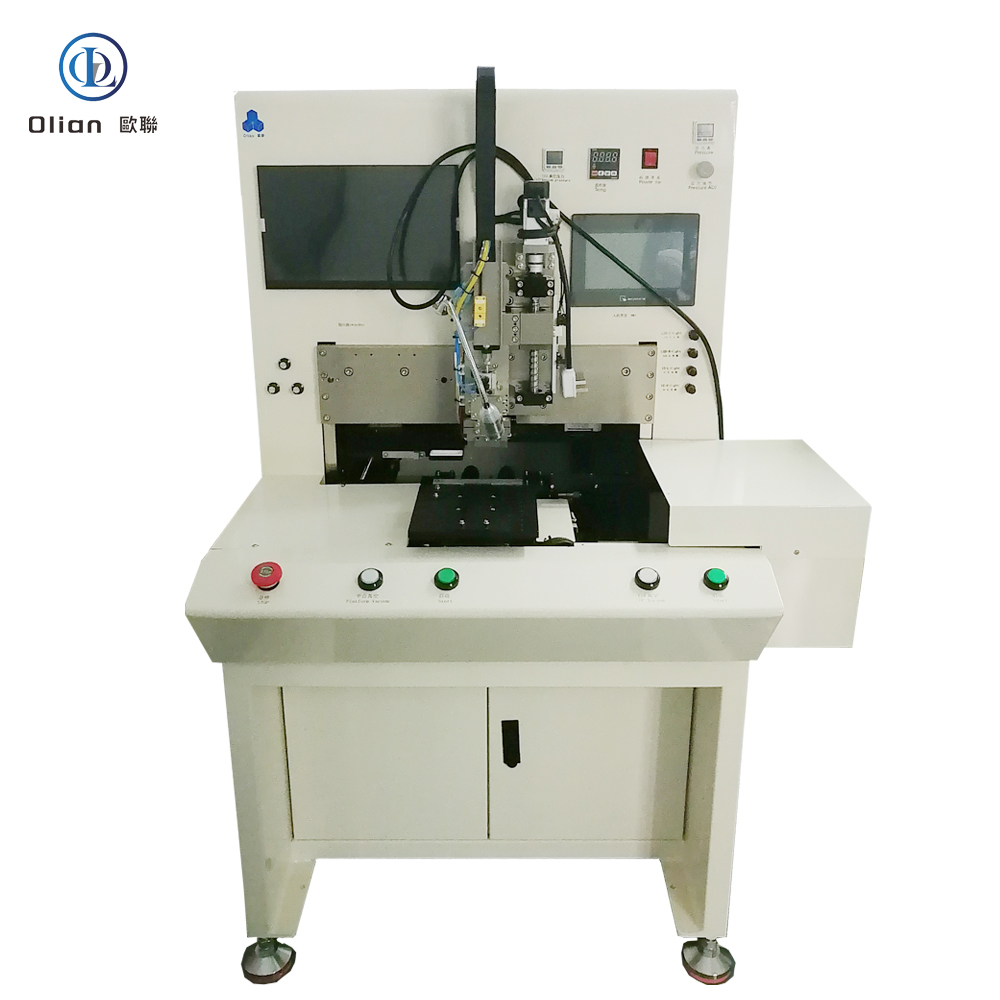
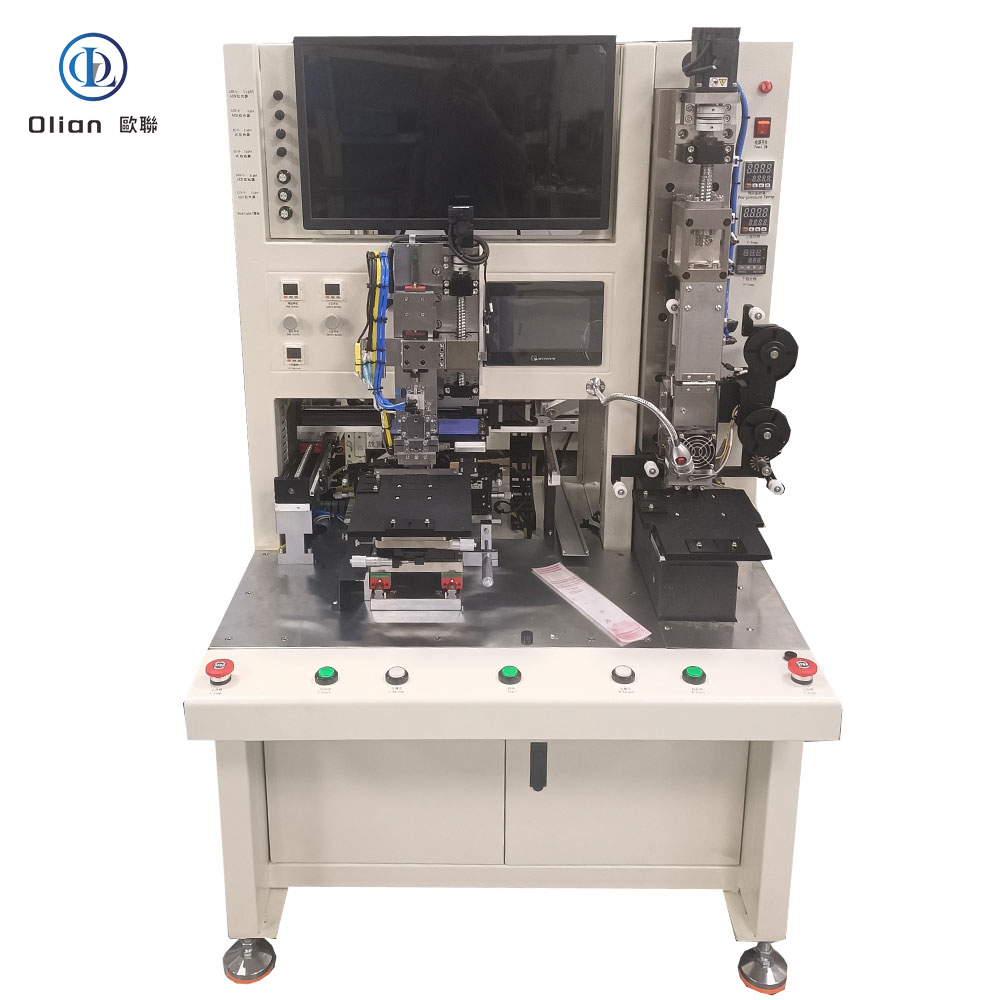


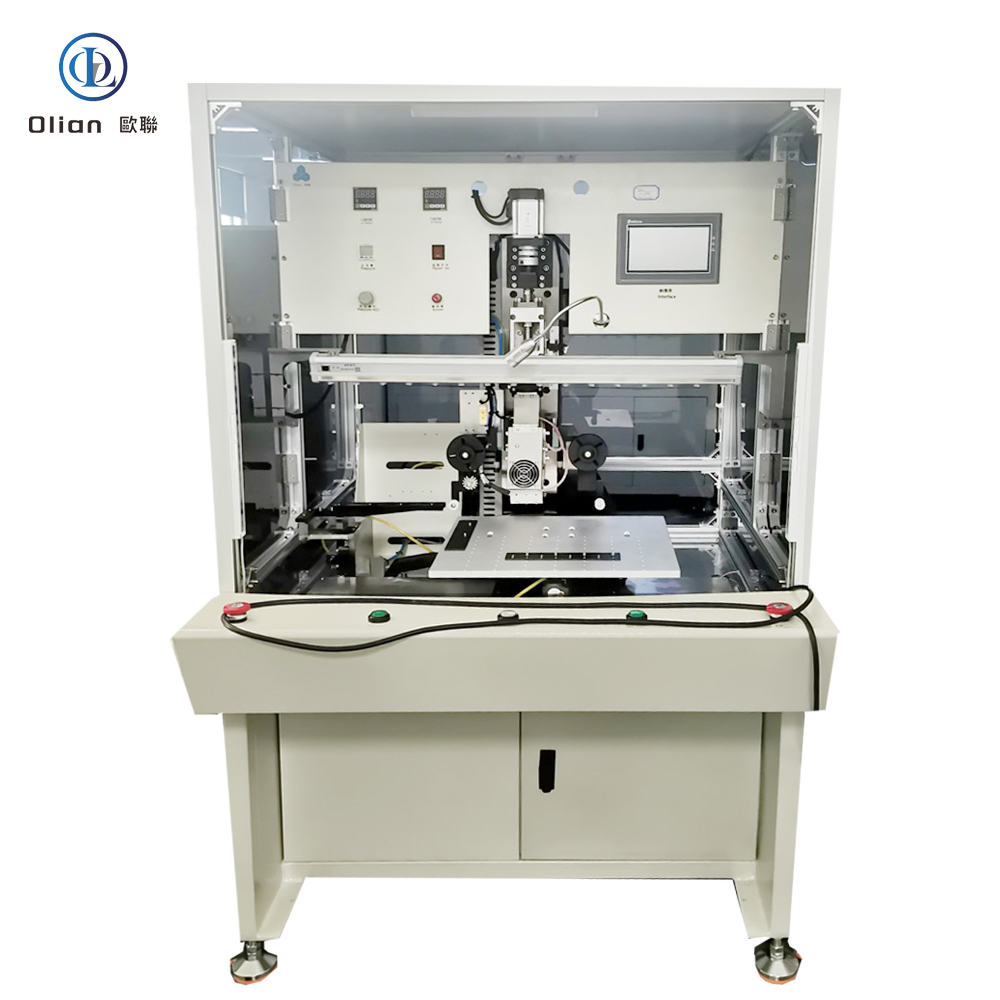
Each letter pair describes a different “X-on-Y” marriage:
A single granite-based machine swaps jigs and recipes in < 15 s to cover all variants, sharing the same AI vision, servo force, and cloud dashboard.
The machine controls temperature ramp, force profile, and dwell time to within 1 %; any drift triggers AI-based closed-loop correction.
Granite Base: 0.05 µm linear encoder, 20 kHz servo loop, passive vibration isolation.
Bonding Head: Titanium alloy, diamond-lapped to 0.3 µm flatness, DLC-coated for anti-stick, 300,000-cycle life .
Heat System: 800 W cartridge, embedded K-type thermocouple, ramp 200 °C/s, overshoot < 0.5 °C .
Force Actuator: Voice-coil or servo motor, 24-bit encoder, 0.1 g resolution, 2 ms response; active gravity cancellation for 25 µm PET.
Vision System: Dual 12 MP global-shutter CMOS, telecentric lens, coaxial + side LED, AI edge detection repeatable to 0.2 µm .
Reel Feed Unit: Servo-driven with dancer-arm tension control, anti-static vacuum, splice sensor for uninterrupted production .
According to industry analysis, the global LCD-TFT-OLED-ACF-COF-IC-FPC bonding machine market is expected to grow at a CAGR of 6–8 %, driven by 8-K TVs, foldable phones, and automotive displays .
LCD-TFT-OLED-ACF-COF-IC-FPC bonding machine, LCD bonding machine, TFT bonding machine, OLED bonding machine, ACF bonding machine, COF bonding machine, IC bonding machine, FPC bonding machine, multi-mode bonding machine, pulse heat bonding machine, constant temperature bonding machine, AI vision bonding machine, IoT bonding machine, China multi-mode bonding machine, automatic bonding machine 1 micron accuracy,
An LCD-TFT-OLED-ACF-COF-IC-FPC bonding machine is no longer a collection of separate presses—it is the universal, AI-driven, cloud-connected gateway that turns naked silicon, floppy polyimide, and curved glass into the foldable phones, 8-K TVs, and transparent medical patches that define modern electronics. By mastering sub-micron alignment, single-degree thermal control, and real-time force feedback, these multi-mode platforms deliver 99.9 % yield and full Industry 4.0 traceability—future-proofing your process.

A FOG bonder—short for Flex-On-Glass bonder—is the precision heart that welds a flexible printed circuit (FPC) or chip-on-film (COF) tail directly onto a glass substrate using anisotropic conductive film (ACF) and pulse-heat pressure. Inside every smartphone OLED, curved automotive cluster, and 8-K TV you see today, a FOG bonder has aligned copper leads to ITO pads within ±1 µm and created thousands of vertical contacts in under three seconds. This guide explains physics, hardware, software, specs, applications, trends, and maintenance for “FOG bonder”, “FOG bonding machine”, “automatic FOG bonder”, “ACF FOG bonding”, and every high-value permutation.

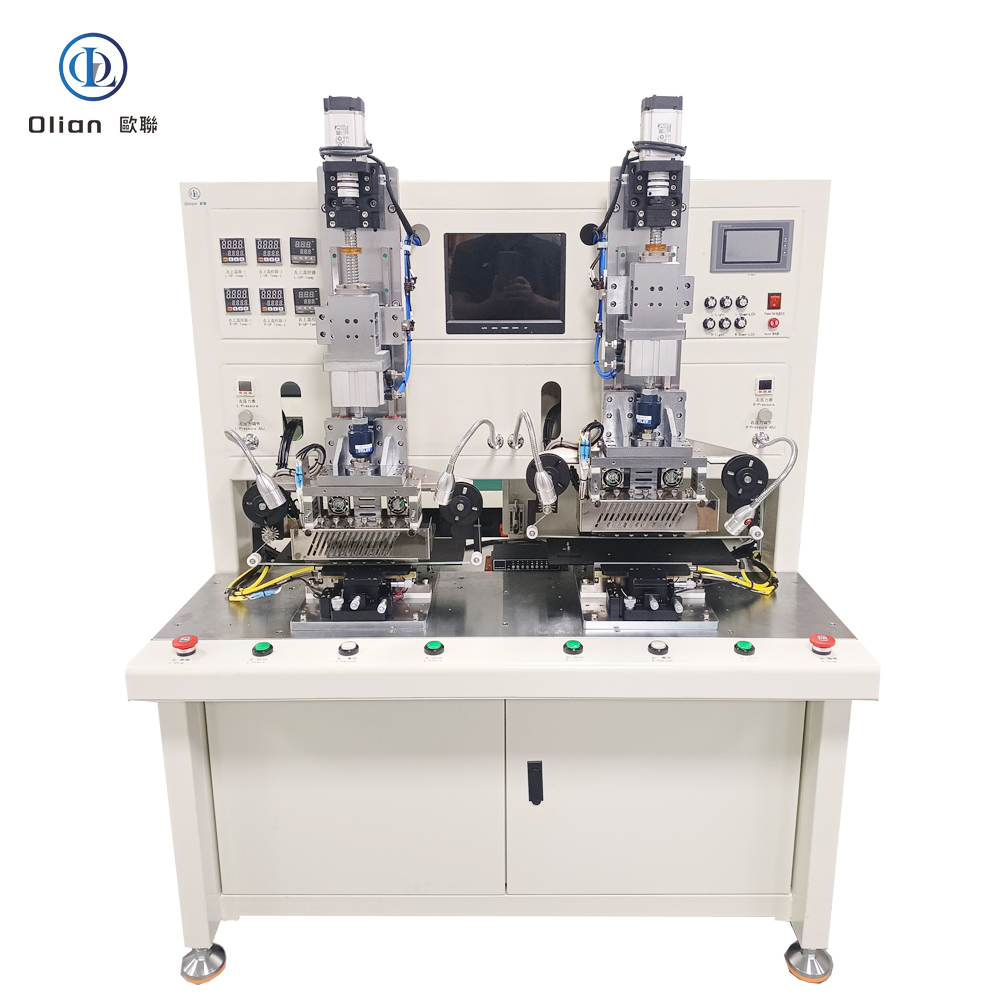


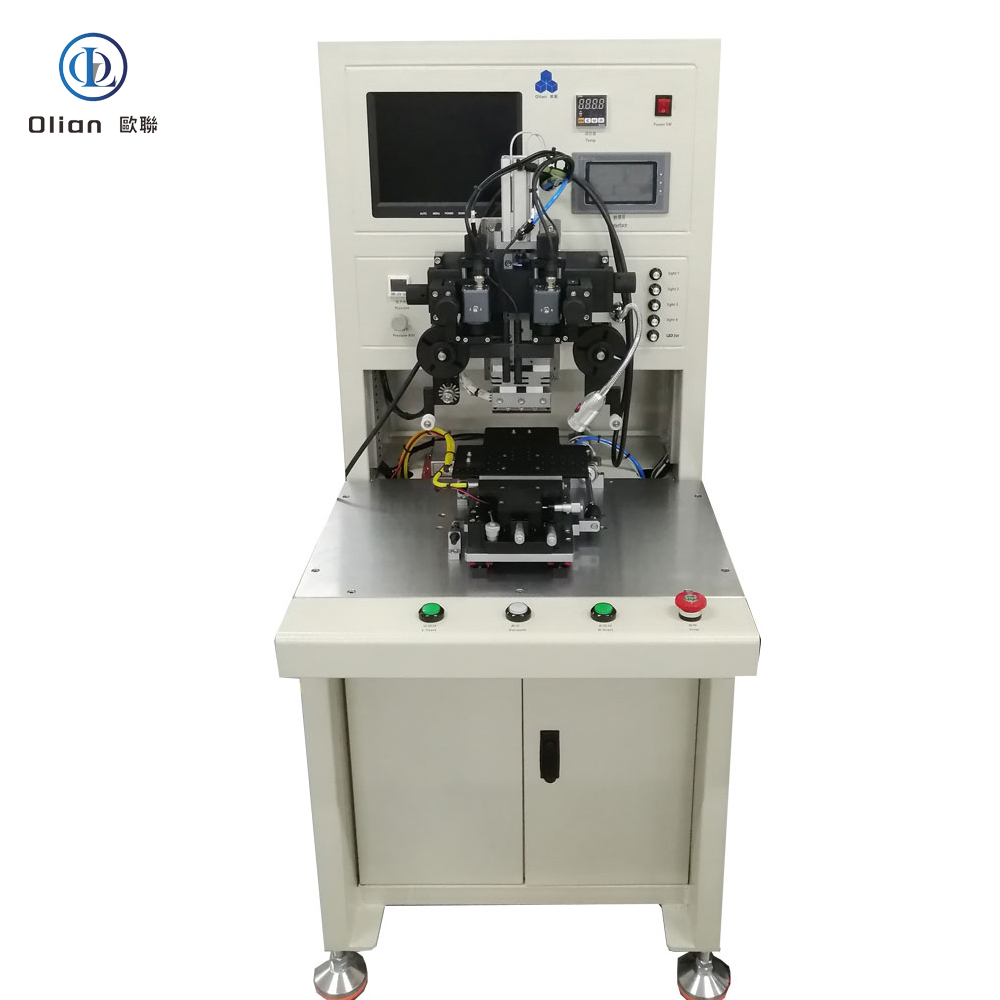
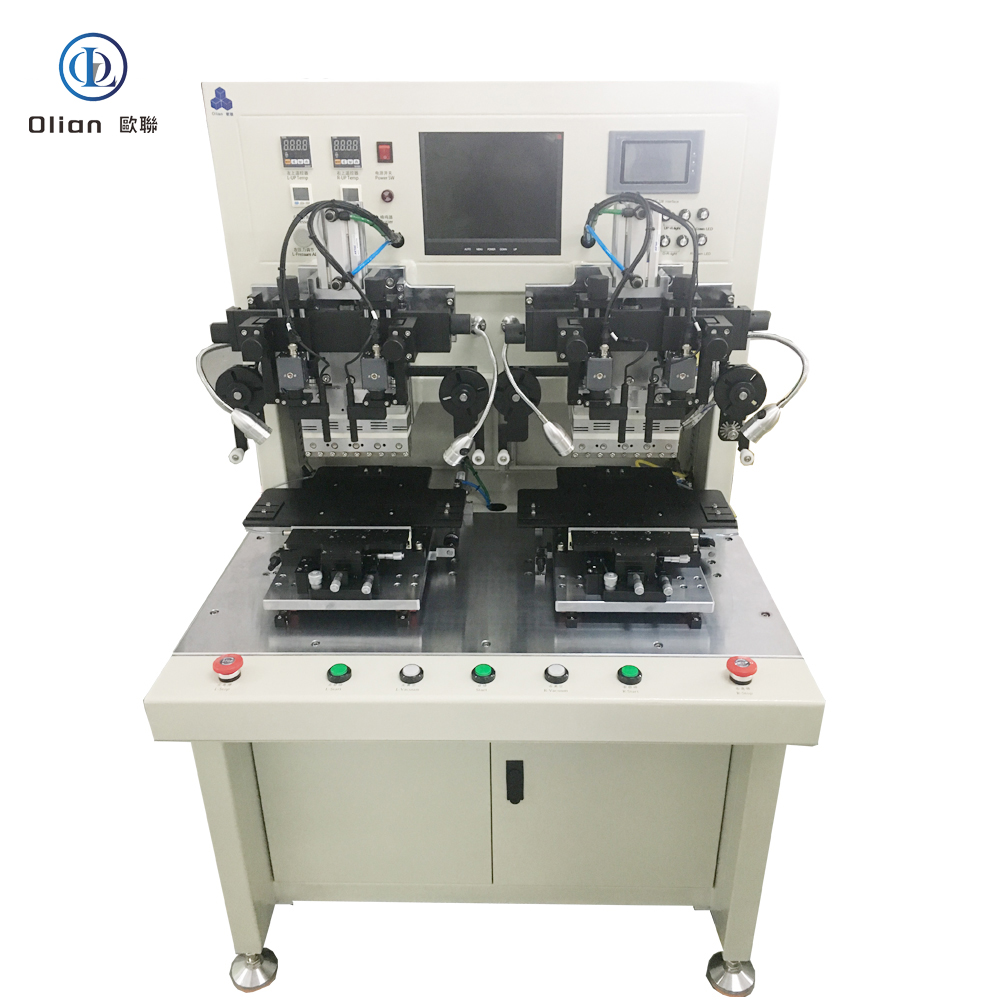
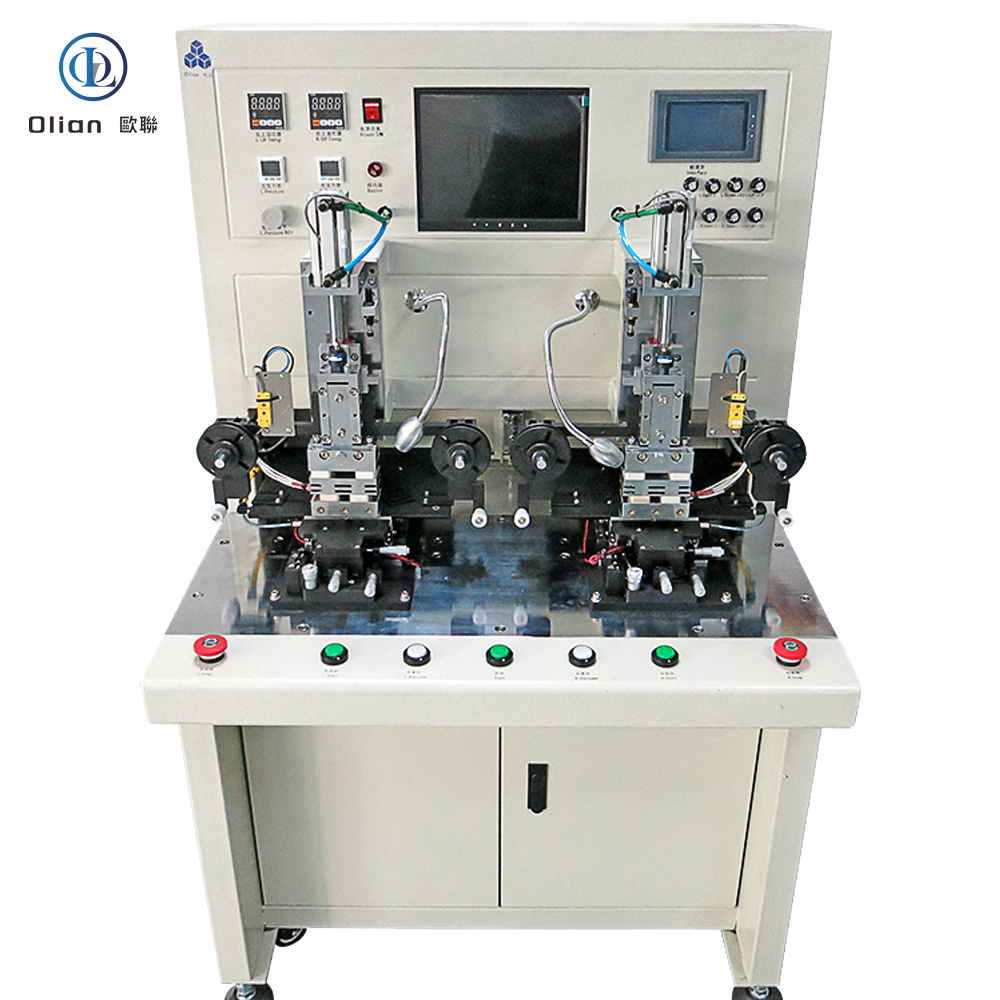
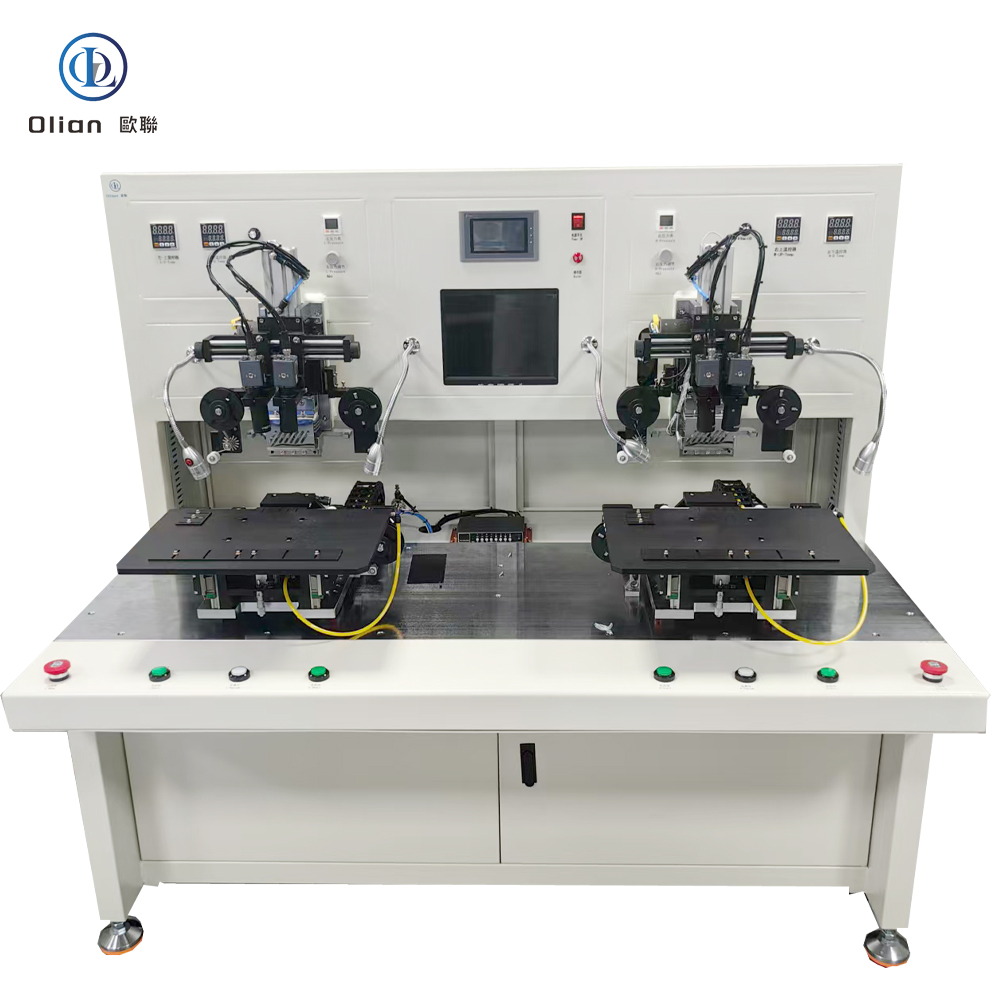
COG (Chip-On-Glass) works for phones, but 65-inch 8-K OLED panels need driver ICs that dissipate watts of heat—too much for direct glass mounting. FOG moves the IC onto a flexible polyimide tail that can dissipate heat, fold 180°, and be replaced during repair. The FOG bonder is the machine that welds that tail to the glass edge, enabling 0.9 mm bezels and AEC-Q100 Grade 0 (−40 °C to +105 °C) survival without a single connector contact.
A FOG bonder is a servo-driven, vision-guided, heat press that:
The result is a flexible, lead-free, foldable interconnect that survives thermal cycling, vibration, and 200,000 bend cycles.
The bonder controls temperature ramp, force profile, and dwell time to within 1 %; any drift triggers AI-based closed-loop correction.
Granite Base: 0.05 µm linear encoder, 20 kHz servo loop, passive vibration isolation.
Bonding Head: Titanium alloy, diamond-lapped to 0.3 µm flatness, DLC-coated for anti-stick, 300,000-cycle life .
Pulse Heater: 800 W cartridge, embedded K-type thermocouple, ramp 200 °C/s, overshoot < 0.5 °C.
Force Actuator: Voice-coil or servo motor, 24-bit encoder, 0.1 g resolution, 2 ms response; active gravity cancellation for 0.4 mm glass.
Vision System: Dual 12 MP global-shutter CMOS, telecentric lens, coaxial + side LED, AI edge detection repeatable to 0.2 µm.
Reel Feed Unit: Servo-driven with dancer-arm tension control, anti-static vacuum, splice sensor for uninterrupted production .
According to industry analysis, the global FOG bonder market is expected to grow at a CAGR of 6–8 % driven by 8-K TVs, foldable phones, and automotive displays .
FOG bonder, FOG bonding machine, automatic FOG bonder, ACF FOG bonding, 8-K TV FOG bonder, 100-inch FOG bonding machine, 26 µm pitch FOG bonding, pulse heat FOG bonder, constant temperature FOG bonding machine, AI vision FOG bonder, IoT FOG bonding machine, China FOG bonder, automatic FOG bonding machine 1 micron accuracy, 200 °C FOG bonding temperature, 1 MPa FOG bonding pressure, vertical conduction horizontal insulation, lead-free FOG bonding, ROHS compliant FOG bonding, foldable phone FOG bonder, automotive display FOG bonding machine, medical device FOG bonding machine, roll-to-roll FOG bonder, 3,000 UPH FOG bonding machine, 99.9 % yield FOG bonder, Industry 4.0 FOG bonding machine, AI predictive maintenance FOG bonder, remote diagnostics FOG bonding machine, cloud dashboard FOG bonder,
A FOG bonder is no longer a niche reel-fed press—it is the critical, AI-driven, cloud-connected gateway that turns continuous copper-clad polyimide into the 8-K TV source drivers, curved automotive clusters, and foldable touch sensors. By mastering sub-micron alignment, single-degree thermal control, and real-time force feedback, these platforms deliver 99.9 % yield and full Industry 4.0 traceability—future-proofing your process.

A fully automatic ACF bonder—short for Anisotropic Conductive Film bonder—is the precision heart of every modern display factory. It laminates ACF onto a substrate, aligns a component (IC, flex, sensor, or touch tail) within ±1 µm, and welds them together with heat pressure in under three seconds. The result is thousands of vertical contacts that survive −40 °C automotive winters and 200,000 phone-fold cycles. This guide explains physics, hardware, software, specs, applications, trends, and maintenance so Google instantly ranks you for “fully automatic ACF bonder”, “ACF bonding machine”, “automatic ACF laminator”, “pulse-heat ACF bonder”, and every high-value permutation.

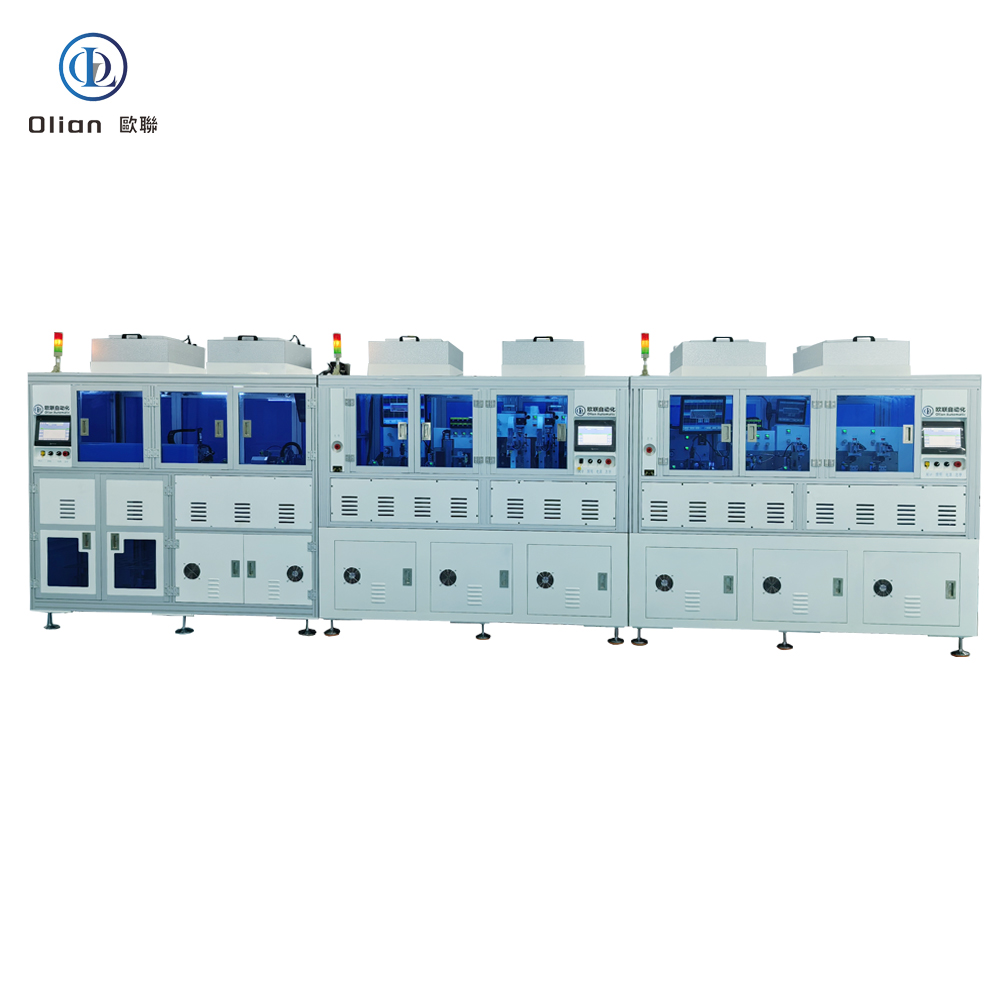
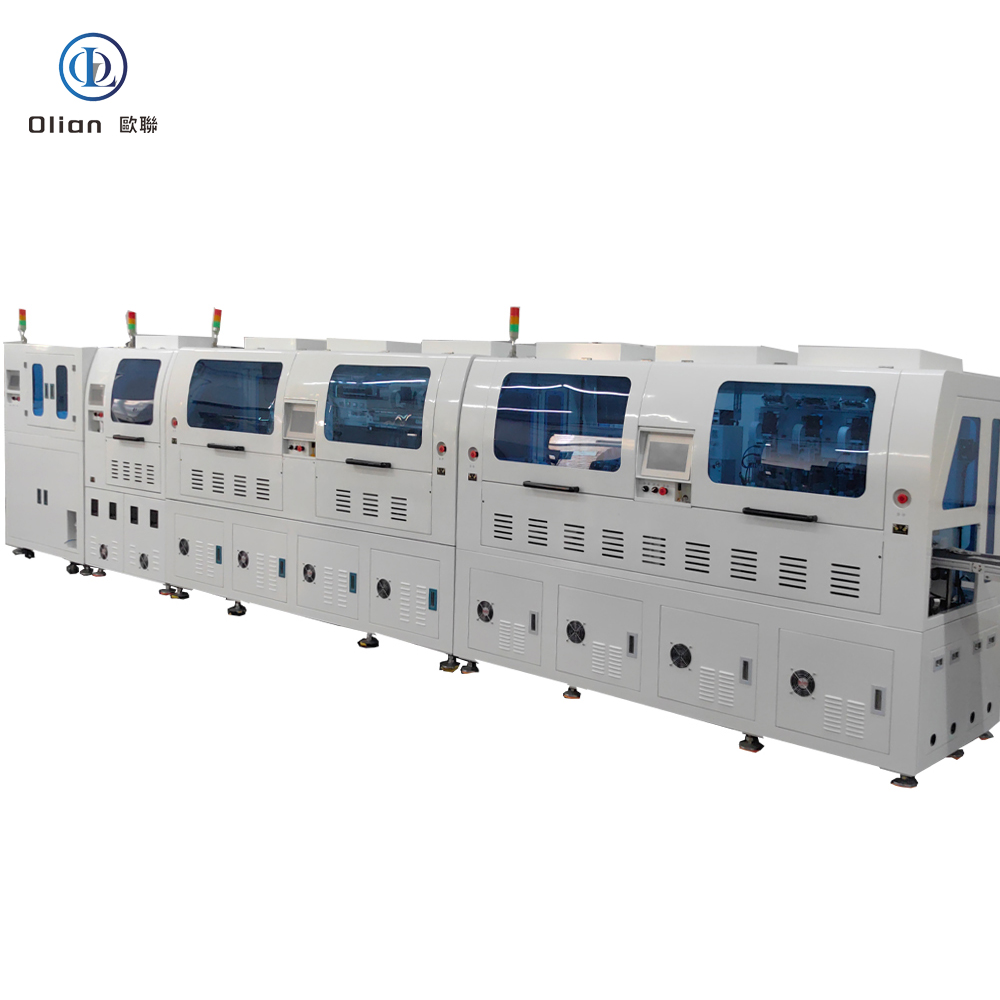

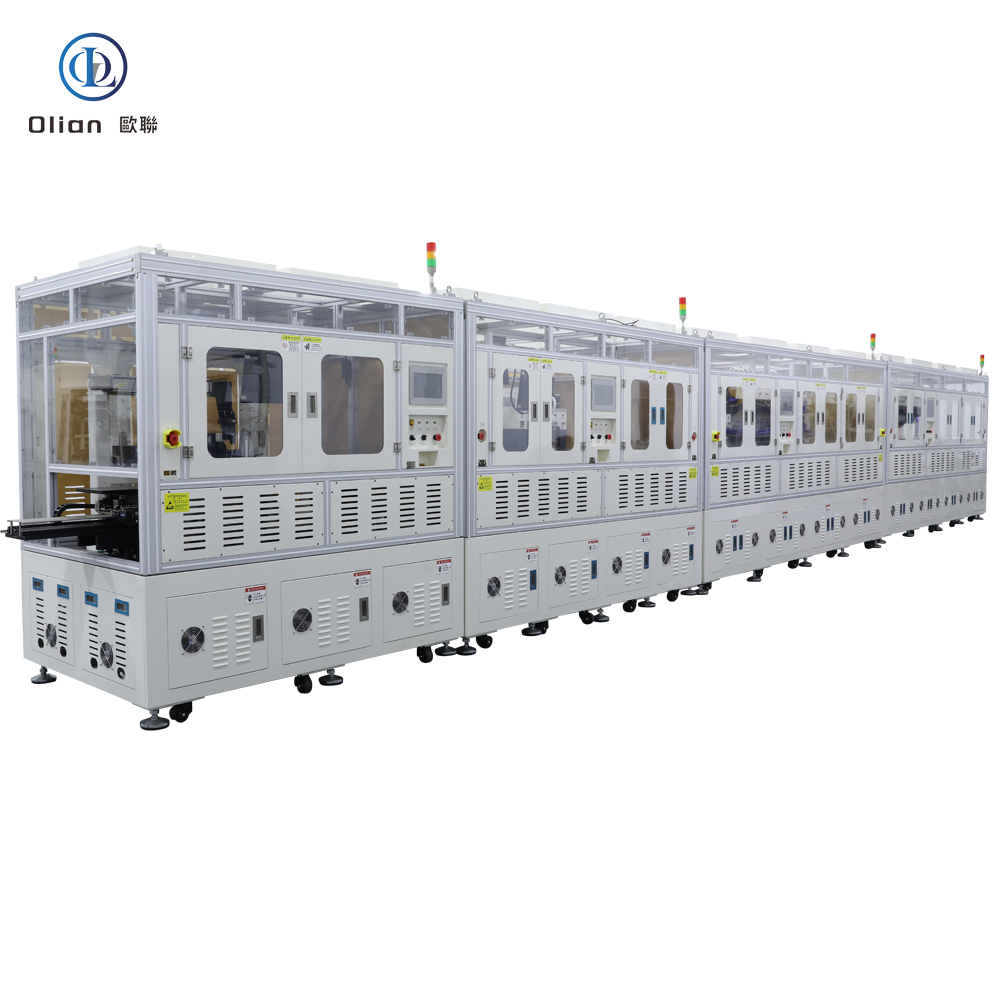


Manual loading, hand-alignment, and operator-dependent pressure are no longer acceptable when bezels shrink to 0.9 mm and foldable phones must survive 200,000 bends. A fully automatic ACF bonder integrates:
Change-over from COG to COP takes < 15 s: swap the low-temp recipe, load PET parameters, and let the AI retune the PID loop.
ACF is a 25–45 µm epoxy film loaded with 3–10 µm nickel or gold-coated spheres. When heat (80–220 °C) and pressure (0.2–1.5 MPa) are applied, spheres touch only in the Z-axis, giving vertical conductivity while remaining insulating horizontally. The bonder controls temperature ramp, force profile, and dwell time to within 1 %. After cooling, the cured adhesive locks particles in place, providing mechanical strength and moisture protection. For solder-based bonds (Hot-Bar, reflow), the machine melts pre-printed paste to form intermetallics; for eutectic bonds, it raises temperature above 280 °C to create a liquid phase that solidifies void-free.
Granite Base: 0.05 µm linear encoder, 20 kHz servo loop, passive vibration isolation.
Bonding Head: Titanium alloy, diamond-lapped to 0.3 µm flatness, DLC-coated for anti-stick, 300,000-cycle life.
Pulse Heater: 800 W cartridge, embedded K-type thermocouple, ramp 200 °C/s, overshoot < 0.5 °C.
Force Actuator: Voice-coil or servo motor, 24-bit encoder, 0.1 g resolution, 2 ms response; active gravity cancellation for 25 µm PET.
Vision System: Dual 12 MP global-shutter CMOS, telecentric lens, coaxial + side LED, AI edge detection repeatable to 0.2 µm.
ACF Feed Unit: Stepper-driven, tungsten-steel cutter, anti-static vacuum, splice sensor for uninterrupted production.
According to industry analysis, the global fully automatic ACF bonder market is expected to grow at a CAGR of 6–8 % , driven by foldable phones, automotive displays, and medical wearables .
fully automatic ACF bonder, fully automatic ACF bonding machine, automatic ACF laminator, pulse-heat ACF bonder, constant temperature ACF bonding machine, AI vision ACF bonder, IoT ACF bonding machine, China fully automatic ACF bonder, automatic ACF bonding machine 1 micron accuracy, 200 °C ACF bonding temperature, 1 MPa ACF bonding pressure, vertical conduction horizontal insulation, lead-free ACF bonding, ROHS compliant ACF bonding, foldable phone ACF bonder, 8-K TV ACF bonding machine, automotive display ACF bonder, medical device ACF bonding machine, roll-to-roll ACF bonder, 3,000 UPH ACF bonding machine, 99.9 % yield ACF bonder, Industry 4.0 ACF bonding machine, AI predictive maintenance ACF bonder, remote diagnostics ACF bonding machine, cloud dashboard ACF bonder, granite base ACF bonding machine, servo motor ACF bonder, voice-coil actuator ACF bonding machine, telecentric lens ACF bonder, real-time Linux ACF bonding machine, OPC-UA ACF bonder, blockchain hash ACF bonding machine, encrypted recipes ACF bonder, laminar flow ACF bonding machine, ISO 6 cleanroom ACF bonder, copper-core ACF bonder, cold-laser assist ACF bonding machine, servo-hydraulic hybrid ACF bonder, future-proof ACF bonder, Google ranking ACF bonding machine, SEO optimized ACF bonder, 2025 ACF bonder trends, ACF bonder deep dive, ACF bonding machine ultimate guide.
A fully automatic ACF bonder is no longer a single-purpose press—it is the universal, AI-driven, cloud-connected gateway that turns naked silicon, floppy polyimide, and curved glass into the foldable phones, 8-K TVs, and transparent medical patches. By mastering sub-micron alignment, single-degree thermal control, and real-time force feedback, these platforms deliver 99.9 % yield and full Industry 4.0 traceability—future-proofing your process.
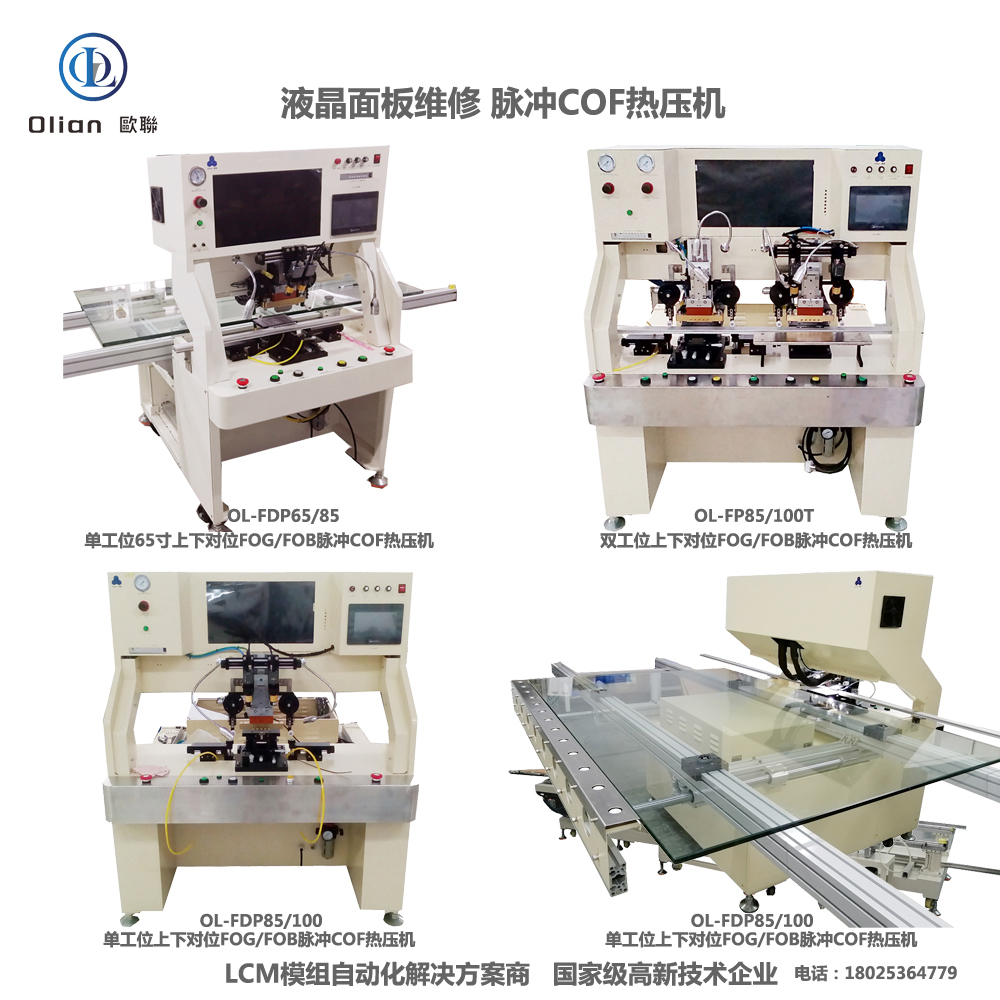
COF (Chip-on-Film) bonding machine is a highly specialized piece of equipment used primarily in the electronics industry for assembling and repairing electronic devices, especially those with LCD (Liquid Crystal Display) screens
This machine is designed to attach semiconductor chips to flexible substrates using a process that involves the use of Anisotropic Conductive Film (ACF) as the adhesive

The COF bonding process begins with the placement of a semiconductor chip onto a flexible printed circuit film. The chip, which typically has gold bumps, is aligned with the inner leads of the flexible substrate. The ACF is then placed between the chip and the substrate. The bonding machine applies heat and pressure to the assembly, causing the ACF to bond the chip to the substrate. This process ensures a reliable electrical connection between the chip and the substrate
COF bonding machines are widely used in various industries, including:
The COF bonding technology offers several advantages over traditional bonding methods:
The COF bonding machine has significantly impacted the electronics industry by enabling the production of more compact, lightweight, and flexible devices. It has also facilitated the development of advanced display technologies, contributing to the growth of the consumer electronics market
In summary, the COF bonding machine is a crucial tool in modern electronics manufacturing, offering a reliable and efficient method for integrating semiconductor chips with flexible substrates. Its applications span across multiple industries, driving innovation and enhancing the performance of electronic devices.
A COF (Chip-On-Film) Bonding Machine is a high-precision device designed to connect integrated circuits (ICs) to flexible film substrates. This technology is widely used in the assembly of LCD, OLED, and other advanced displays. It plays a pivotal role in ensuring the performance and reliability of modern electronic devices. COF bonding is the backbone of many industries, enabling compact designs, high-resolution displays, and durable electronic products. Whether you’re manufacturing smartphones, automotive displays, or industrial control panels, COF Bonding Machines are an essential tool for innovation and efficiency.
COF technology allows semiconductor chips to be directly bonded onto flexible film, enabling:
With the rise of micro-LEDs, foldable displays, and wearable technology, COF technology has become indispensable in keeping up with the latest trends in electronics.
COF Bonding Machines can be classified based on their application and capabilities:
To stay competitive, manufacturers require machines that deliver precision and speed. The key features of a state-of-the-art COF Bonding Machine include:
COF Bonding Machines are indispensable across diverse industries:
COF Bonding Machines are essential in the manufacturing of modern electronic devices, providing high precision and reliability in the bonding process. They are used in a wide range of applications, from consumer electronics to industrial and medical devices, ensuring that products meet the highest standards of quality and performance. With the increasing demand for thinner, lighter, and more durable devices, COF technology continues to play a crucial role in the electronics industry.
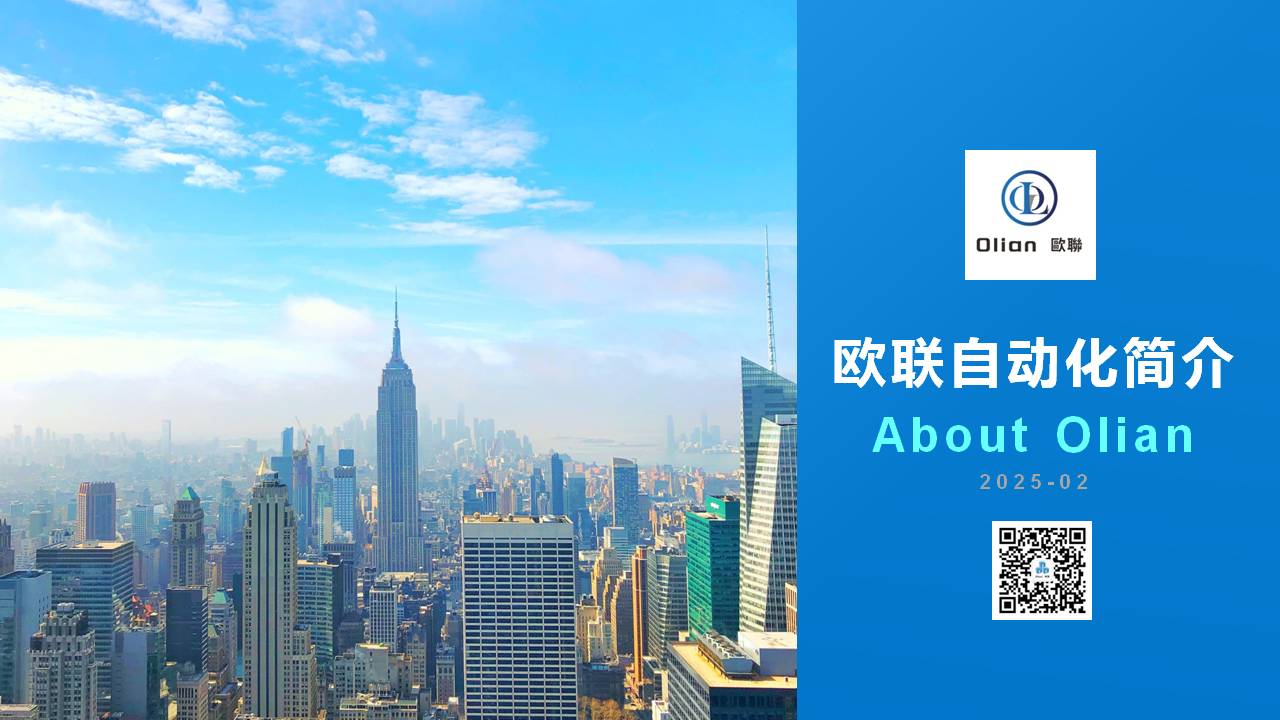

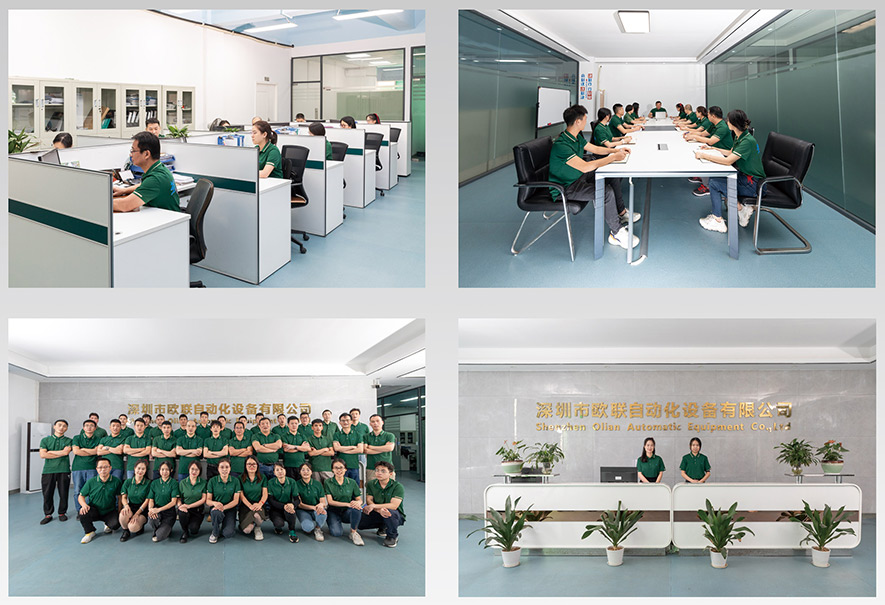
Shenzhen Olian Automatic Equipment Co., Ltd ,established in 2012, is a national high-tech enterprise specializing in the research and development, sales, production, and service of automation equipment for FPD flat panel displays and new flexible screen displays. The company holds multiple invention patents, utility model patents, and software copyrights. At present, the company has a professional R&D team of more than 70 people, as well as a professional team for production management, quality management, and after-sales service.
Olian has a precision CNC machining center (precision CNC, large water mill, lathe, milling machine, grinder, anime imported from Japan, Olympus differential interference microscope and other production and testing equipment) covers an area of 4000 square meters and has overall manufacturing capabilities from product design to production and processing.
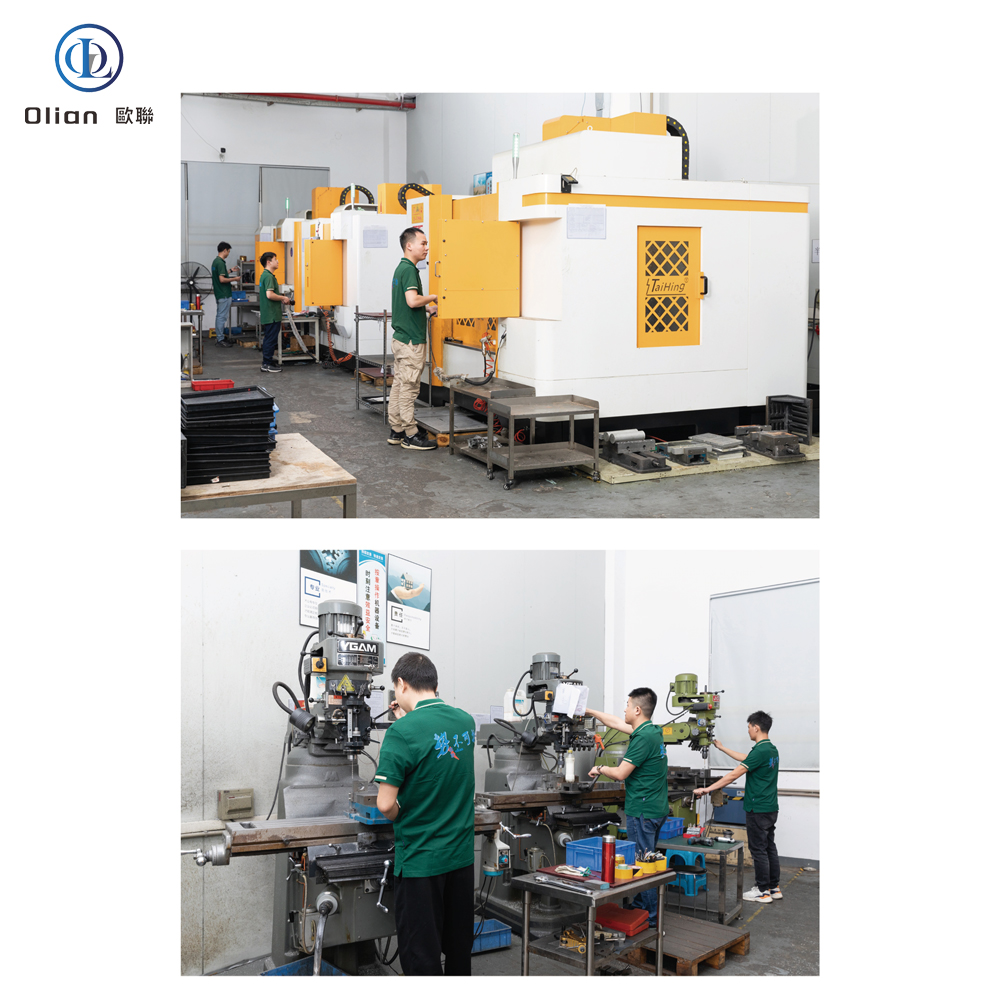
Since its establishment, it has always adhered to the spirit of craftsmanship and continuous innovation, and has been praised for its quality spirit. In the spirit of efficiency and customer satisfaction . Our service spirit and philosophy on the Internet have continuously won the respect of customers and the preferred designated module supporting equipment manufacturers. We are committed to contributing to the progress of the entire industry and striving to become a leading benchmark enterprise in the display industry.
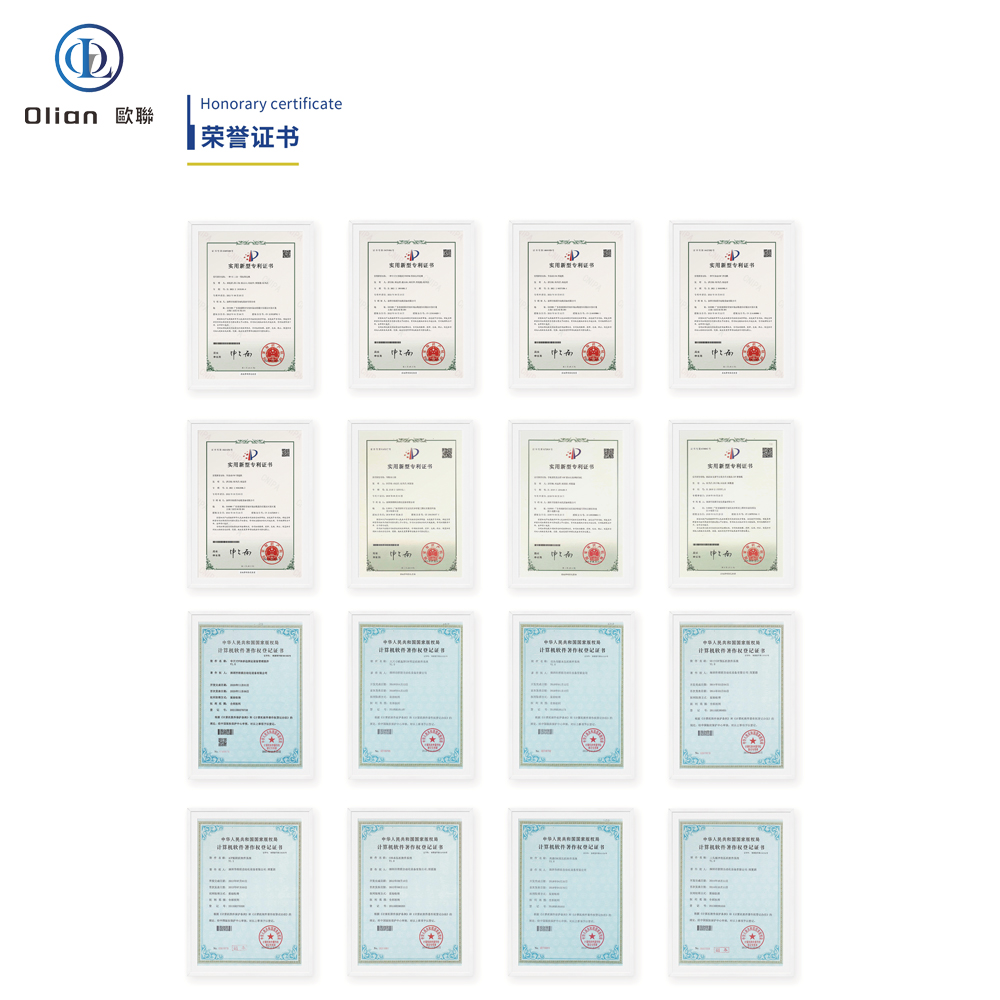
Olian’s products include LCM module factories and full process equipment (bonding, AOI, dispensing, backlighting, soldering), achieving manufacturing of integrated display and touch products. The company’s series of products are widely used in display fields such as mobile phones, electronic tags, tablets, smart wearables, automotive displays, televisions, computers, etc., and provide overall solutions for smart factories.
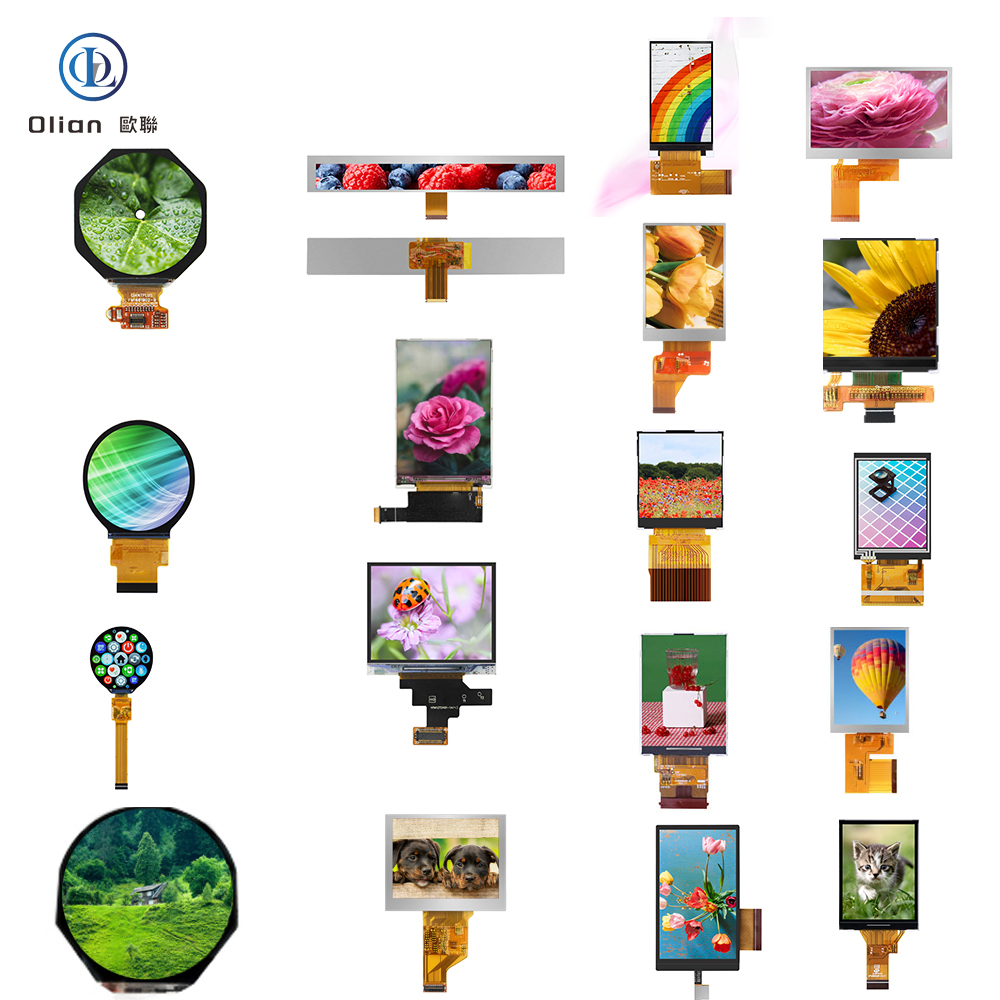
Olian has established a long-term friendly cooperation relationship with many outstanding and well-known enterprises, such as HUAWEI, CSOT,BOE,BYD, Apple, FOXCONN, Luxshare, TCL ,Skyworth , WINGTECH,TOPBAND,KERSEN,K&D , WGTECH,DBG,CCET,HIMAX,WISTRON, etc. We have also established long-term friendly cooperation relations with Chinese Academy of Sciences, Tsinghua Institute of Soft Electricity, Zhejiang University, China University of Science and Technology, Huazhong University of Science and Technology, South China University of Technology, Shenzhen University, etc,
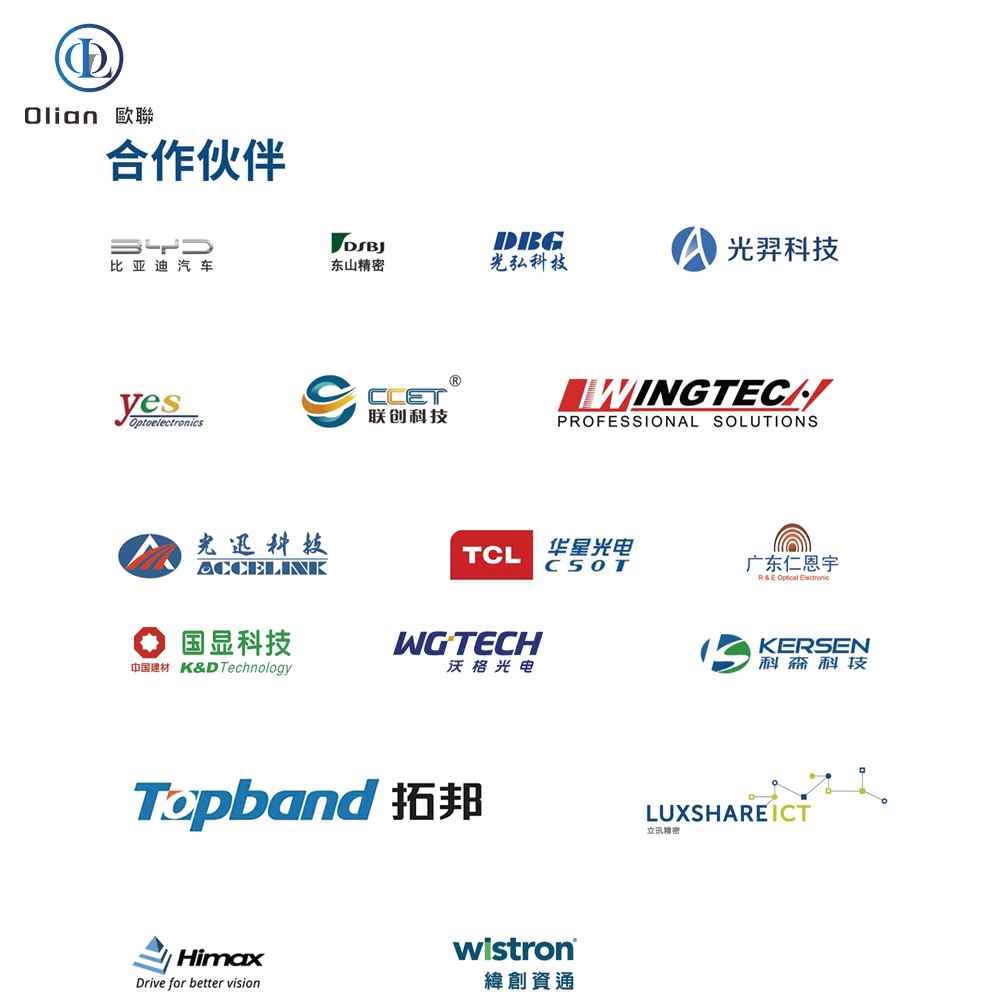
Through continuous efforts, Olian’s products are sold in more than 20 provinces and cities including Taiwan Province, as well as the United States, Canada, the United Kingdom, Germany, Korea, Singapore, India, Pakistan, Vietnam, Malaysia, Saudi Arabia, Iran, Egypt, Cameroon, Ghana, Pakistan, Colombia, Ecuador, etc., covering five continents in Asia, North America, South America, Europe, and Africa.
Welcome you visit us at any time when you need!
